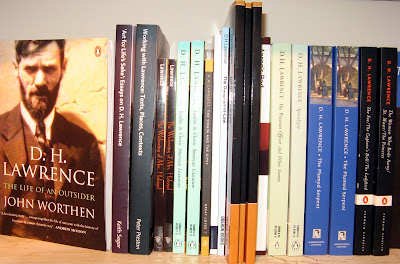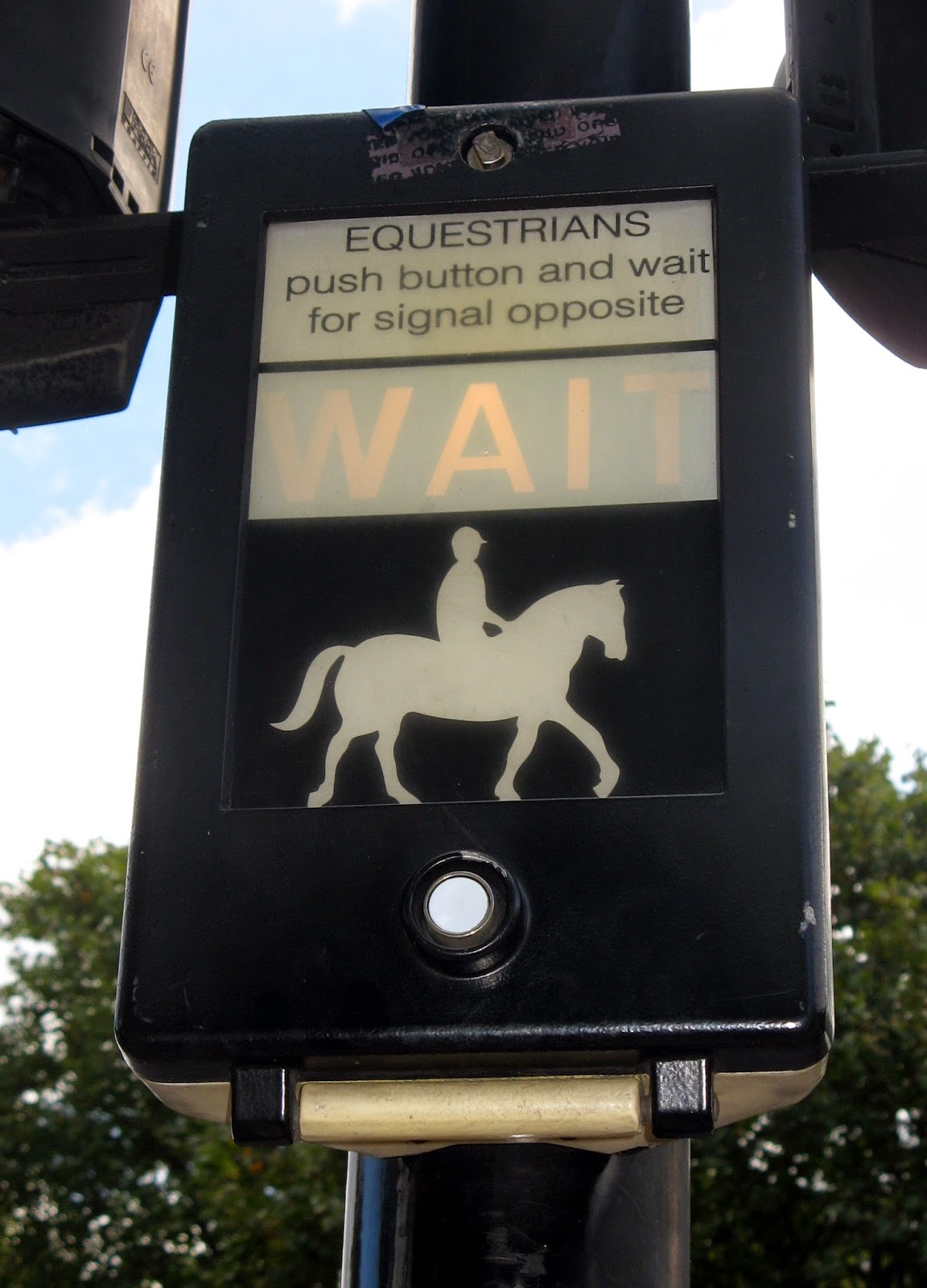Lawrence's Sons and Lovers - Women's Rights in Victorian Society
 |
| A selection of Lawrence's books - Image LLanir |
D. H. Lawrence's novel, Sons and Lovers, offers insight into two generations of working-class women in Victorian Britain and their struggle for freedom.
 |
| Sons and Lovers and Women in Love - Image LLanir |
D. H. Lawrence’s novel, Sons and Lovers, reveals Victorian society’s subjugating attitude towards working-class women. Fulfilment for this sector of society was attained through motherhood, domesticity, and wifely duties with little beyond that in the way of education or career opportunities.
 |
| Frances Power Cobbe |
"From a child, man has seen women debarred by law from the exercise of those functions to which he is to be admitted at the outset of manhood; and he has too often, furthermore, seen his father treat his mother’s judgement about business of all kinds, as if he were condescending to let her talk on matters of which the ultimate decision must always rest with the nobler sex." (Frances Power Cobbe, 1881, as quoted in Calder, 159)
Lack of Contraception and Many Unwanted Pregnancies
Just as housekeeping and wifely roles were accepted duties, Victorian working-class men expected their wives to cope with unwanted pregnancies, childbearing, and motherhood by themselves. Mrs Morel’s sentiments exemplify those of many women living in this period concerning perpetual conception. Despite the fact she no longer loved her husband and did not want to conceive (34), she had no means of preventing yet another pregnancy; since at this time, as Bonnie Anderson and Judith Zinsser state, In A History of Their Own: Women in Europe From Prehistory to the Present, Volume II, 1989, contraception was not widely available and abortions usually led to prolonged haemorrhaging or infection. The authors also mention that to avoid unwanted pregnancies, many women breastfed “until their babies were two years old”.
 |
| The communal laundry room at Lawrence's childhood home in Eastwood - Image LLanir |
Birth and Death During Childbirth
Many working-class women suffered greatly during childbirth and, according to Anderson and Zinsser, numerous died during or shortly after delivering at home. If they managed to survive, many like Mrs Morel were “very ill” afterwards (29). Few working-class men, concerned only with their own comforts, realised the consequences of childbirth. As shown when Mr. Morel, “want[s] his dinner" (30) even though his wife had just given birth to a baby boy.
Women Not Allowed No Social-Life
Despite their strife, women received little sympathy from their men folk. Their social life generally consisted of meeting people whilst shopping. The other option was joining ‘The Women's Guild’, “a little club of women … which met on Monday night” (46-47), when the children were old enough. Disapproving husbands, “who found their wives getting too independent, named [it] ‘the clat -fart’ shop - that is the gossip-shop” (47).
Women Victims of Verbal and Physical Abuse
In addition to being socially suppressed, Mr. Morel’s attitude towards his wife illustrates a woman’s subordinate position in the working-class household. Her daily efforts, for example, met such discouraging responses as, “Is there nothing to eat in the house?” (35), and threatening remarks, demanding subservience, such as, “Tha should get up and wait on a man . . . I’ll learn thee tha’s got to . . . tha shalt wait on me” (35). Insolent responses to verbal abuse received physical violation, black eyes or worse (53).
Women Couldn't Just File for Divorce
Despite women like Mrs. Morel threatening to leave their husbands, until the mid-nineteenth century, divorce was available only to the middle-class and upwards. Thus, financial dependence and large families to raise bound many women to desperate circumstances. In 1857, Parliament passed a Divorce Act which, Anderson and Zinsser state, in certain circumstances, allowed for legal separation and divorce but as Jenni Calder points out in, Women and Marriage in Victorian Fiction, 1976, only thirty years later, the Matrimonial Causes Act, 1878, established that women who separated from their husbands in a case of assault could claim maintenance. As a consequence, life was imminently miserable for those working-class women, trapped within a dysfunctional, abusive marriage.
Women Work as Domestic Servants or Prostitutes
Little more than domestic servants within a Patriarchal household, most working-class women of Mrs. Morel’s generation were forced to provide an income in order to survive. However, in addition to the limited choice of education available to them, job opportunities were also restricted. Wages for the menial jobs they were forced to take were much less than their men folk so many women took on extra work or prostituted themselves out to make ends meet.
Women Request Education
Women’s desperation to liberate themselves from such humble positions could only be realised if the Patriarchal society took notice. The women understood they needed to be educated since Knowledge proposed power and ultimately provided tools for liberation. Therefore, the patriarchs, in their attempt to keep women and the social classes firmly in their destined positions, denied working-class women formal schooling, remarking, as mentioned by Anderson and Zinsser that education conflicted with the traditional beliefs in the separate roles of men and women. The authors quote from Bernstein and Bernstein that opponents stated that education "would weaken [women] as future mothers; their frail physiques would degenerate" if they used their brains too much. However, finally, the 1870 Education Act enforced compulsory elementary education for all children (Anderson and Zinsser). Accordingly, working-class girls depicted by Annie Morel and Miriam Leivers benefited from these social reforms, and, unlike their mothers, eventually were able to socialise with other accomplished females.
Victorian Women Begin to Receive Rights
Despite the advancement of women's education, the reforms only granted females instruction in certain subjects. Miriam, extremely bitter at this disparity, wishes she were a man; she wants "everything the men have," including the possibility of learning mathematics and French (136). Her determination to educate herself emphasises the growing resolve of young women to improve their circumstances. However, in spite of the limitations, educational improvements brought subsequent opportunities for independence and although society limited career choices for Miriam’s generation, and she "merely [goes] to the farming college at Broughton for three months" (361) this is a great advancement in comparison to the possibilities available to the female plebeians of the previous generation.
Sons and Lovers - Social History - Women in Society
The setting and one of the themes of Lawrence’s Sons and Lovers, besides the Oedipal Complex, working-class life in Nottinghamshire, England, not only mirror the author’s observations of industrialisation, the hardships and humiliation that working-class families had to endure but also allow a glimpse of Victorian society’s perception of working-class women and the positive changes that were introduced at the end of the nineteenth-century.
Sources:
- Anderson, B. and Judith Zinsser. A History of Their Own: Women in Europe From Prehistory to the Present, Volume II: Harper Perennial, New York, 1989.
- Calder, Jenni. Women and Marriage in Victorian Fiction, Thames and Hudson Ltd. London, 1976.
- Lawrence, D. H. Sons and Lovers, Wordsworth Editions Ltd. Ware, Hertfordshire, 1993.
Copyright Lesley Lanir. Contact the author to obtain permission for republication.First published Aug 8, 2011 on Suite101 by Lesley Lanir



Comments
Post a Comment